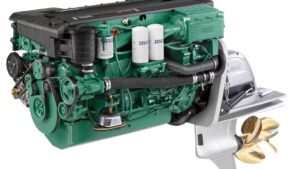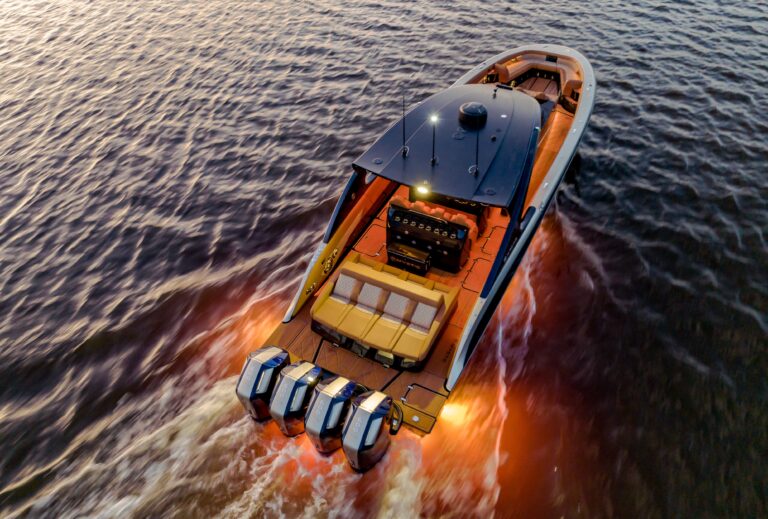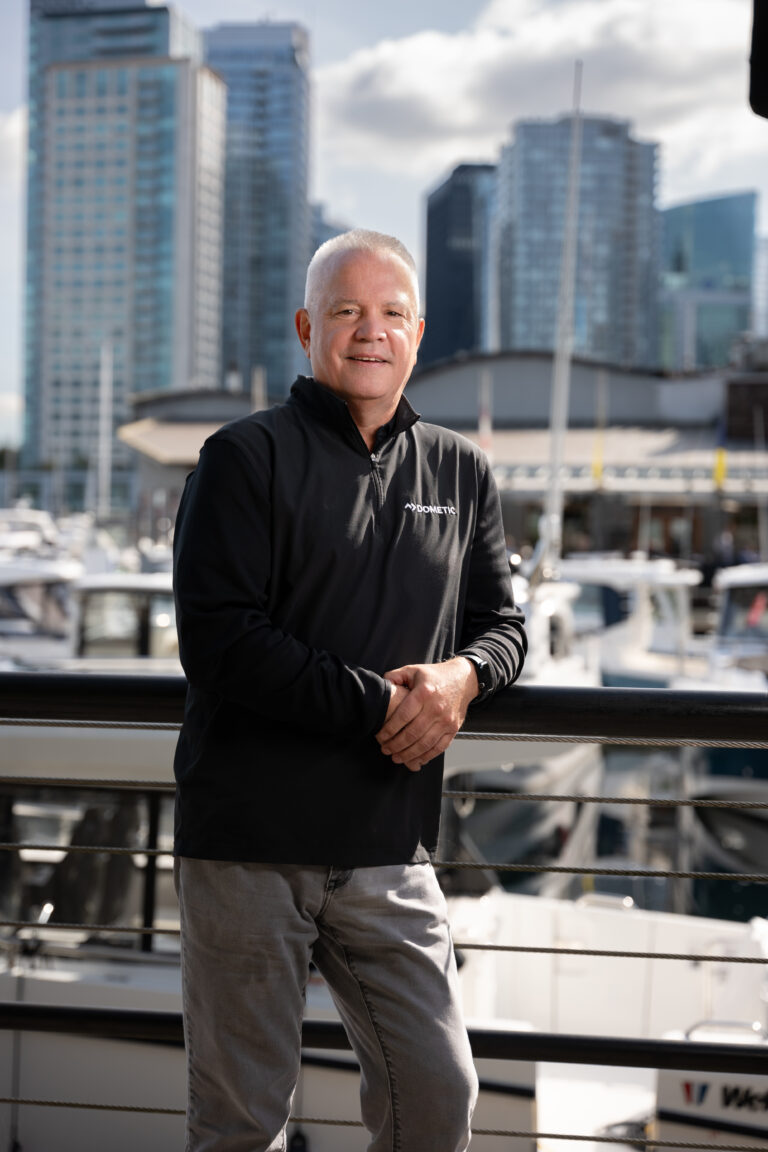
Yamaha Motor Corp. sent a letter to customers today to update them on the supply shortage of several engines in light of what it called “unprecedented demand.”
That followed a letter sent in December that said overwhelming pent-up demand for 2.8-liter, 4.2-liter V6, 5.3-liter V8 outboards and rigging items made it impossible for the company to meet demand.
Yamaha president Ben Speciale said in today’s letter that while the company is working to address the problem, its ability to meet demand “will be very fluid.”
“I want you to know that we have evaluated all of our internal processes to ensure that we have more accurate representation of future demand for our business,” Speciale said in the letter. “We plan to adjust our shipments accordingly, and will communicate about this in the weeks to come.”
Speciale said he traveled to the company’s factories last month to discuss increasing the allocation of products to North America this year.
“We learned that some markets elsewhere in the world may not require the numbers of outboards they had planned, which means we may be able to redirect that production to North America,” Speciale said. “Through these and other efforts we fully expect to increase supply, but we don’t yet know the exact number of outboards, timing and mix. Therefore, our ability to meet demand will be very fluid.”
Speciale said he will send regular updates to that builders and dealers could plan accordingly.
“You can expect to see routine communication from me as we balance supply to meet the market’s increased demand for our great products,” Speciale said.
The letter Speciale sent in December said that the company experienced “the perfect storm of challenges for supplying outboards at this higher demand” as its manufacturing operations were “in transition.”
“The marketplace has many years of pent-up demand for larger boats and the outboard motors that power them,” Speciale said. “As the economy and mood have improved this year, demand for our premium products increased more than we had anticipated. This increase in demand has occurred while our manufacturing operations are in transition. The transition was designed to accommodate new products and increased longer-term demand.”











